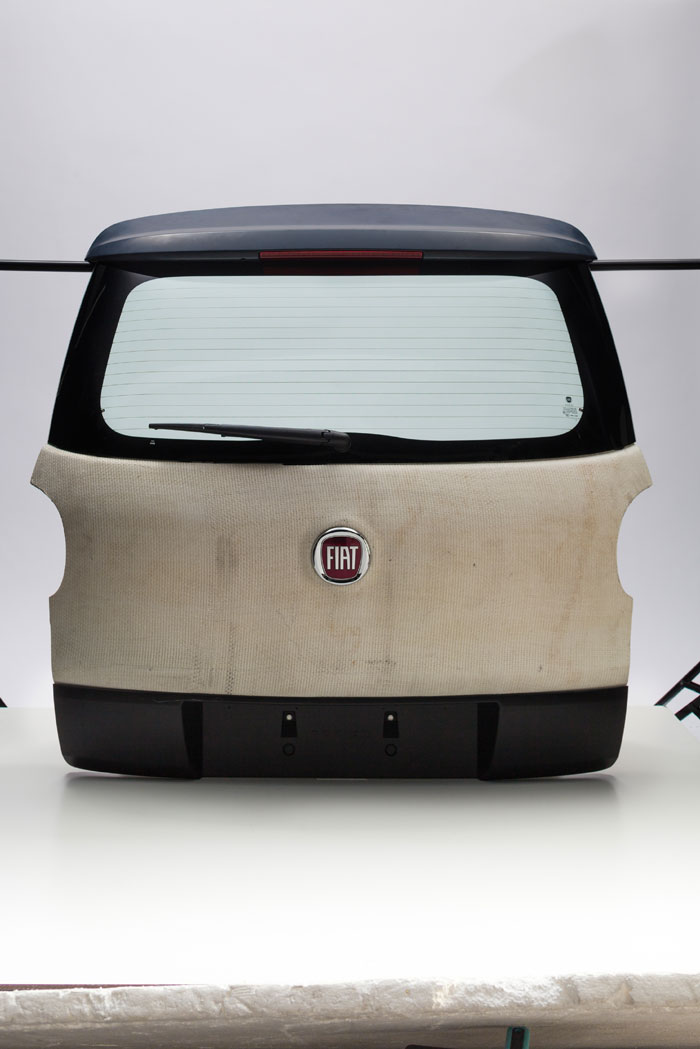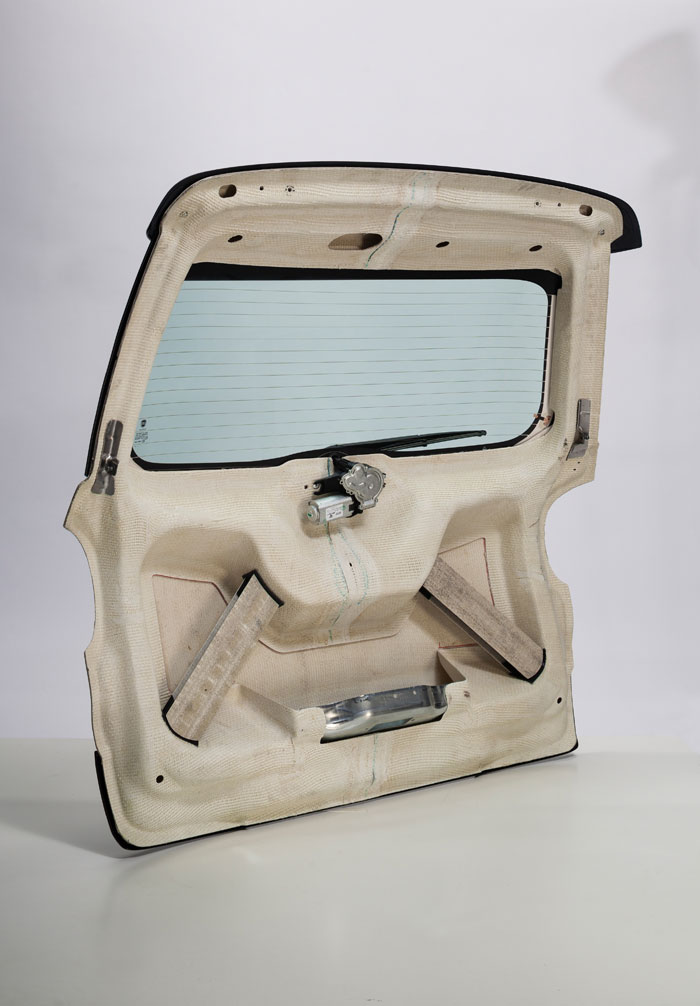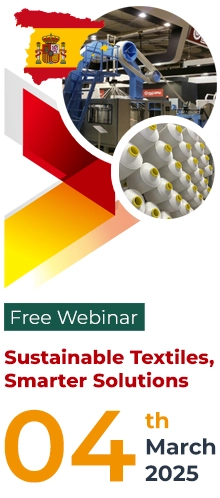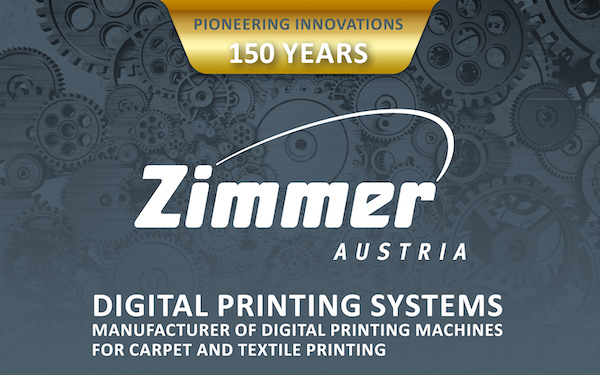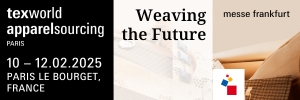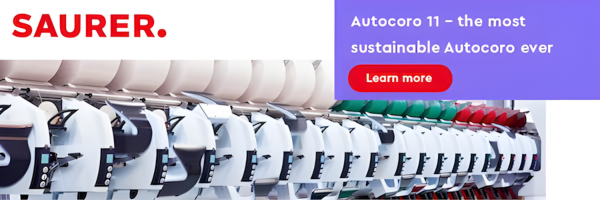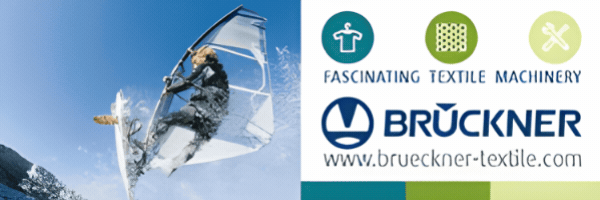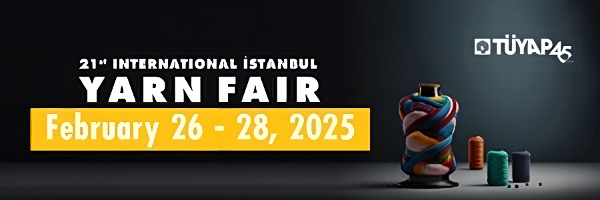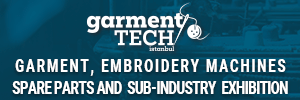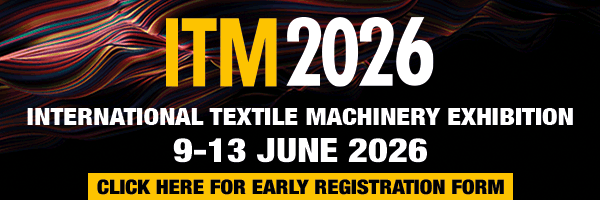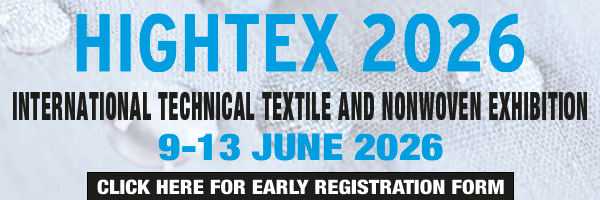Van de Wiele was a key technology partner in the €7.8 million 3D Lighttrans project that led to the introduction of complex and cost-effective new 3D textile reinforcements for thermoplastic composites.
The global market for thermoplastic composites is expected to grow to an estimated $16.4 billion by 2021 according to industry analyst Lucintel. This is in response to the growing demand for lightweight and environmentally-friendly materials, particularly from the aerospace and automotive industries.
European research projects such as 3D-Lighttrans, involving 18 partners from across Europe, are playing a crucial role in implementing this transformation by overcoming the processing difficulties and inherently high costs associated with the production of thermoplastic composites in the past.
The project involved 3D modelling and simulation of all materials, processes and end products, along with a completely new manufacturing chain – from fibres to the finished part.
P-D Glasseiden GmbH, based in Oschatz, Germany, developed new hybrid yarns from glass reinforcement fibres and thermoplastic matrix filaments, which are mixed with air (commingling). The developments have increased the homogeneity of the blend and significantly reduced fibre damage in the blending and subsequent weaving processes.
Vandewiele VSi42
Central to the project was the transformation of a Van de Wiele VTR weaving machine at TU Dresden’s Institute of Textile Machinery and High Performance Material Technology (ITM), into a VSi42 Versatile Smart Innovator weaving machine.
The machine is ideally suited for the production of multi-ply fabrics, spacer fabrics, pleated fabrics and fabrics for multi-skin sheets. The 3D fibre architecture reduces preforming costs and increases the performance of the components.
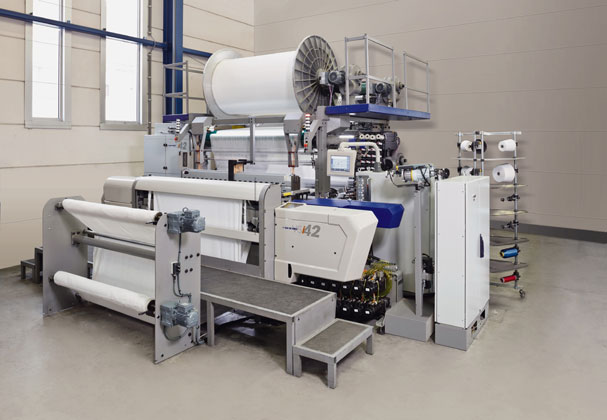
The further developments of the machine included the design of a specific fabric take-off for the 3D-formed fabric, adaptations of the basic platform to allow the assembly of a back-up system, and redesign of the beam stand and dual take-up system. Special software was developed to activate the backward movement, together with a new configuration of the warp beam tension control.
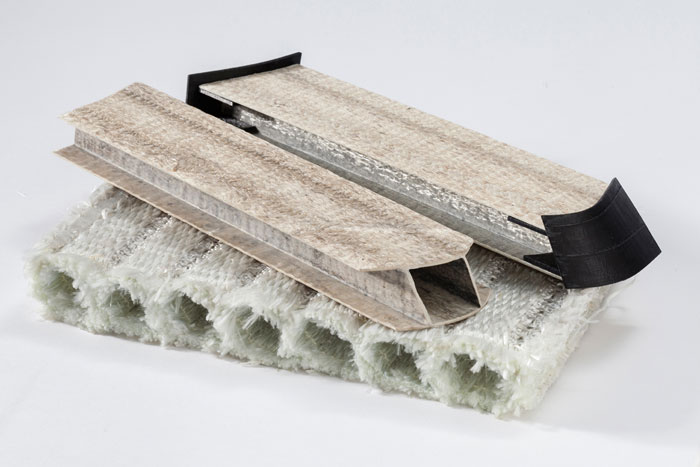
In addition, a portion of the warp yarns were fed to the loom by a Van de Wiele Jacquard, in order to benefit from its individual yarn selection capability, while the bulk could be controlled by heddle frames.
ITM researcher Adil Mountasir received the coveted Théophile Legrand Foundation Award for his development work on spacer fabrics as part of the 3D Lighttrans project.
The final composite parts were then bonded by a fast and efficient thermoforming process, requiring no resin infusion or injection as the thermoplastic matrix was already incorporated into the yarn.
Two 3D Lighttrans demonstrator parts were manufactured – a tailgate for the Fiat 500L and a spare wheel well for Bentley – and the project won the JEC Composites Innovation Award.
“The development of net shape woven fabrics continues to be the focus of international research,” says Dr Gerald Hoffmann, Head of R & D at Fabric Manufacturing Technology at ITM. “This includes the development of simulation-supported process chains from the CAD design to the component, the development of weaving technology and the adaptation of robot-supported preforming.
“The use of lightweight materials should lead to considerable savings in fuel consumption, which will bring both financial benefits for consumers and reduced carbon dioxide emissions,” concludes Dr Hoffmann. “Such fully automated production now reduces production time and costs and leads to more competitive products in the EU.”
